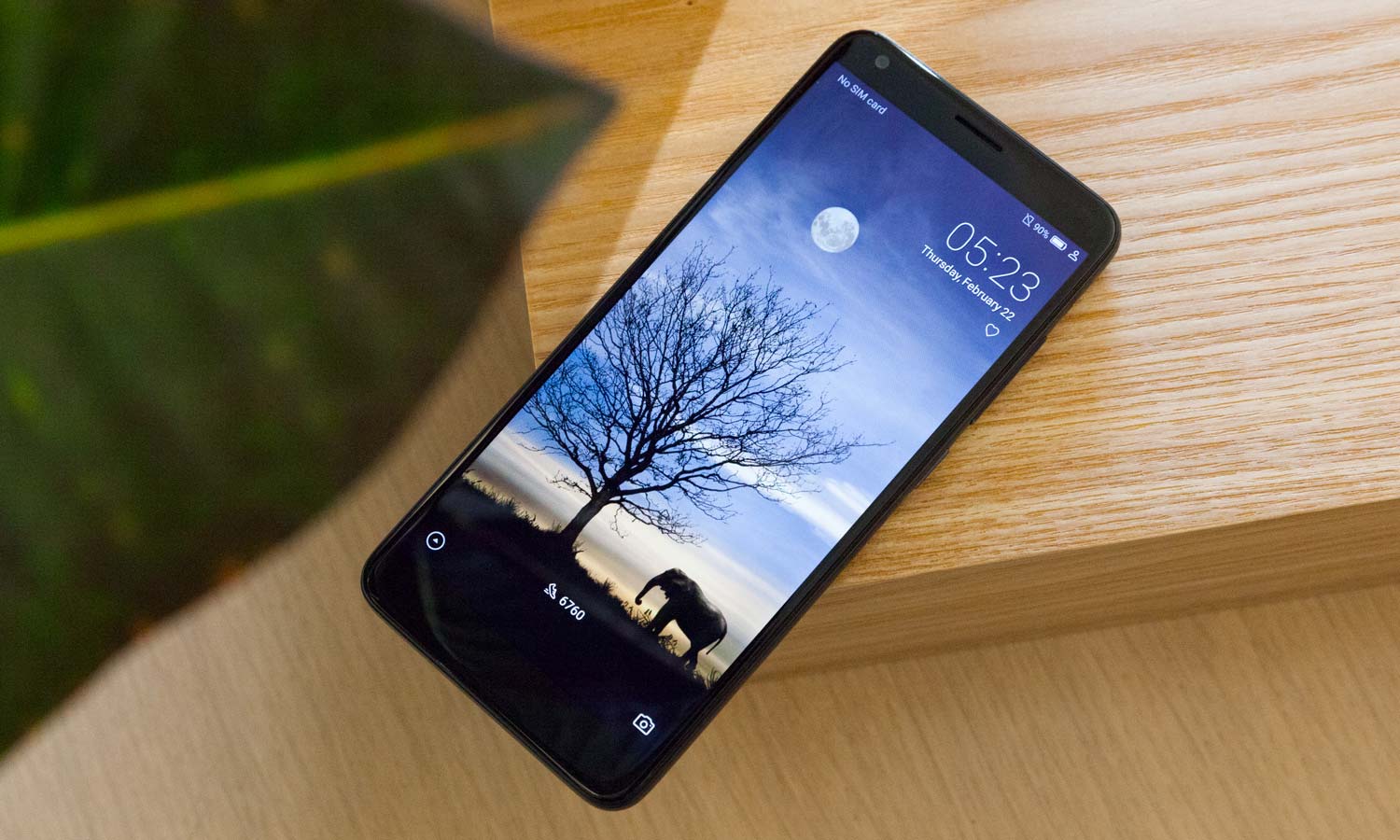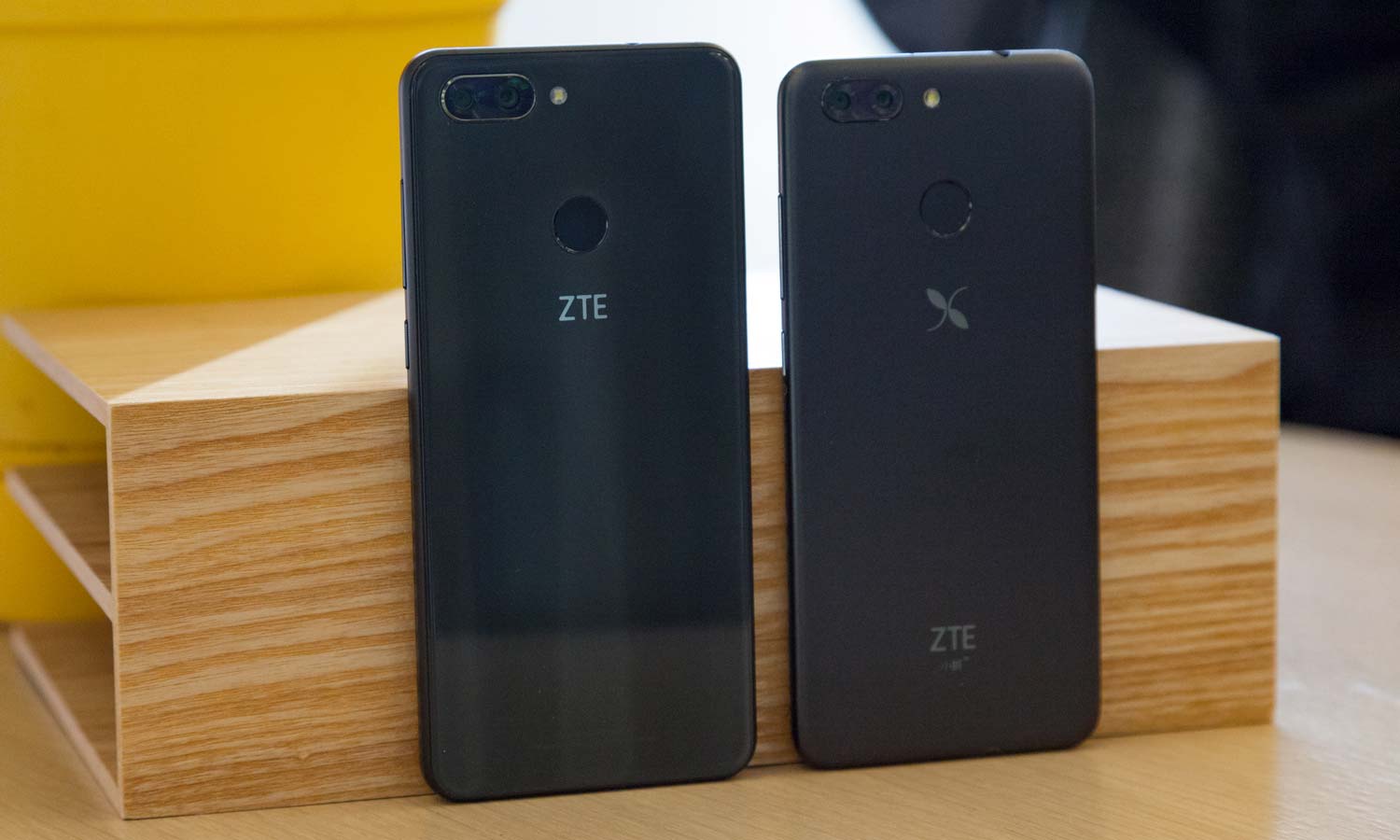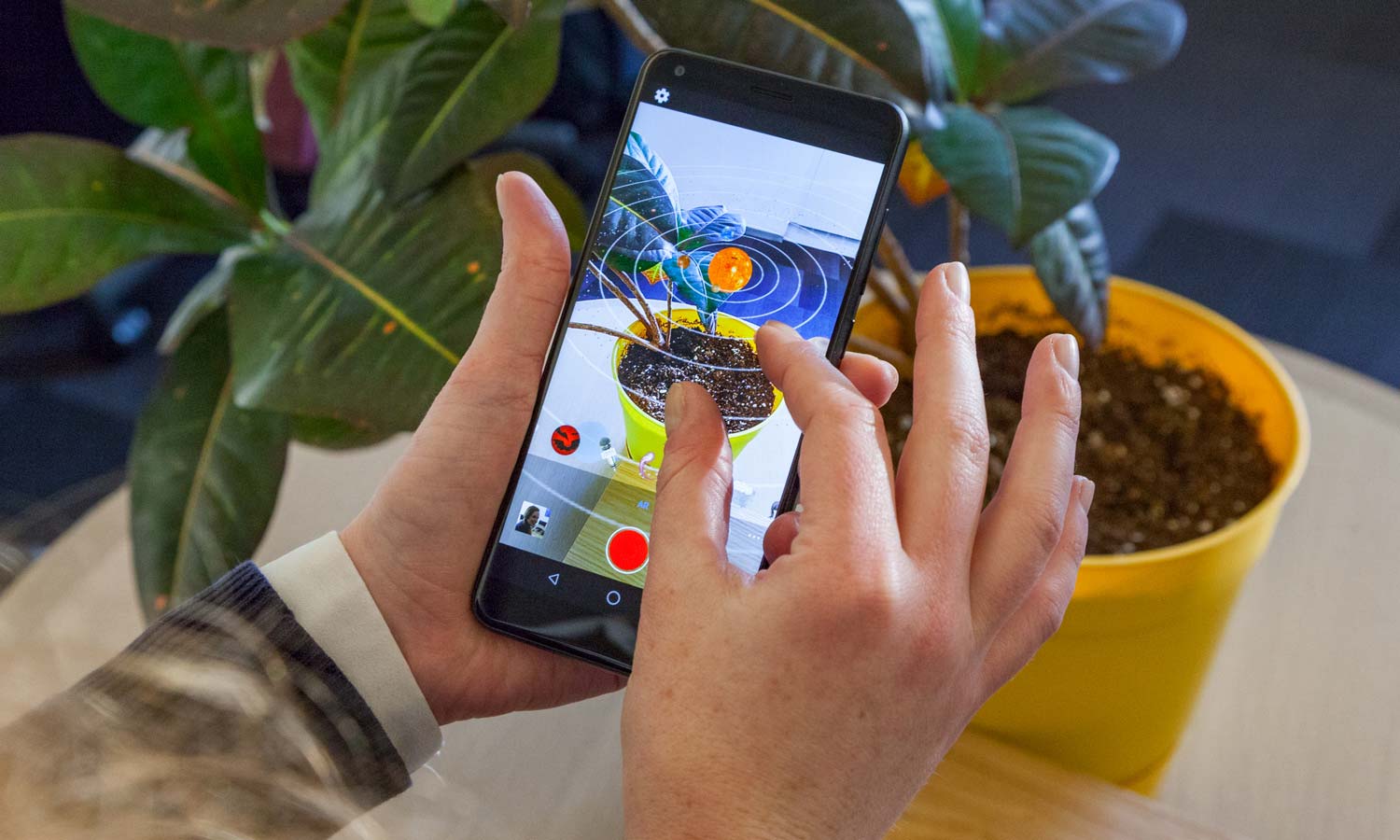ZTE Blade V9 Hands-On: Flagship Features for Budget Buyers
ZTE has been a leader in low-cost but still well-made Android phones. It’s hoping to continue that approach with the just-announced Blade V9 and V9 Vita.
Over the years, ZTE has produced some of our favorite low-priced smartphones, like the $230 Blade V8 Pro and $130 Blade Z Max. Though it might not enjoy the notoriety of Samsung or Google, the Chinese phone maker has definitely placed its stamp on the budget market, which is why we’re particularly excited for its next act, the Blade V9.

ZTE launched two smartphones at Mobile World Congress in Barcelona today (Feb. 25) – the Blade V9 and V9 Vita. The Vita is billed as the cheaper, less powerful version of the two, so it’s the standard V9 that figures to garner much of the attention.
Availability: Up in the air
The 5.7-inch Blade V9 comes equipped with Qualcomm’s Snapdragon 450 processor. Depending on the market, ZTE says users will get a choice of RAM and storage. The Blade V9 with 3GB of RAM and 32GB of storage will cost €269 while the 4GB/64GB model is listed at €299. The Vita will be available for €179 (2GB of RAM and 16GB of storage) and €199 (3GB of RAM and 32GB of storage).

You might notice those prices are in euros, not dollars. Part of the reason for that is that ZTE hasn’t committed to launching either the Blade V9 or V9 Vita in the U.S. yet. According to the Jeff Yee, ZTE’s vice president of product marketing and strategy, it’s likely both handsets will arrive in the U.S. in one form or another, but the final products may sport different features and specs. However, expect prices in line with their predecessors.
Highlights: Design and dual rear cameras
That’s a compromise we’d be willing to make, so long as the prospective American Blade V9 retains the design of the version ZTE showed us. The company’s latest effort is subtly pretty and classy, especially for a phone in the Snapdragon 400-series category. ZTE shrunk the margins beside the 18:9 full HD display to an incredibly small degree, and trimmed a bit off the top and bottom as well. It doesn’t appear to have quite the screen-to-body ratio of the Honor 7X, but it’s still a looker.
MORE: Best Unlocked Smartphones - Phones Under $200, $300, $500
Where the Blade V9 really shines, though, is in the little touches. The aluminum frame is carved almost like a pencil, but a little smoother, so it’s grippier and feels unique to hold. The shimmering, eye-catching glass panel that cloaks the back is also an improvement over what you’ll find in many handsets, including some top-of-the-line models.
The Blade V9 retains some key features of the outgoing V8 series as well, like a dual-lens rear camera. The new phone combines a 16-megapixel main sensor with a 5-MP secondary shooter. ZTE is particularly proud of the low-light capabilities of its new imaging hardware, which are largely attributable to the impressively wide f/1.8 aperture on that main lens. I took a picture of my colleague Caitlin in a poorly-lit room, and the lack of noise in the shot was remarkable for a lower-end product.

On the surface, it would seem less has changed with the front-facing camera. However, ZTE has developed its own two-dimensional face unlock feature, as seen in devices like the OnePlus 5T. While this method isn’t as secure as Face ID on the iPhone X (it’s much easier to fool a static image instead of a depth map), it presents an option for owners who prioritize convenience. And if you’d rather be better safe than sorry, there’s still a fingerprint sensor on the back.
Outlook
Overall, the Blade V9 looks like a worthwhile addition to ZTE’s compelling budget lineup. And for those looking to save even more, there’s the 5.5-inch V9 Vita, which concedes some aspects of the higher-priced model, like the glass back, screen resolution and camera quality, to offer an even lower price. Both phones are due out this spring in Europe for now, but don’t be surprised if you see them make their way over to our shores in a slightly different guise.
Sign up to get the BEST of Tom's Guide direct to your inbox.
Get instant access to breaking news, the hottest reviews, great deals and helpful tips.
Adam Ismail is a staff writer at Jalopnik and previously worked on Tom's Guide covering smartphones, car tech and gaming. His love for all things mobile began with the original Motorola Droid; since then he’s owned a variety of Android and iOS-powered handsets, refusing to stay loyal to one platform. His work has also appeared on Digital Trends and GTPlanet. When he’s not fiddling with the latest devices, he’s at an indie pop show, recording a podcast or playing Sega Dreamcast.
